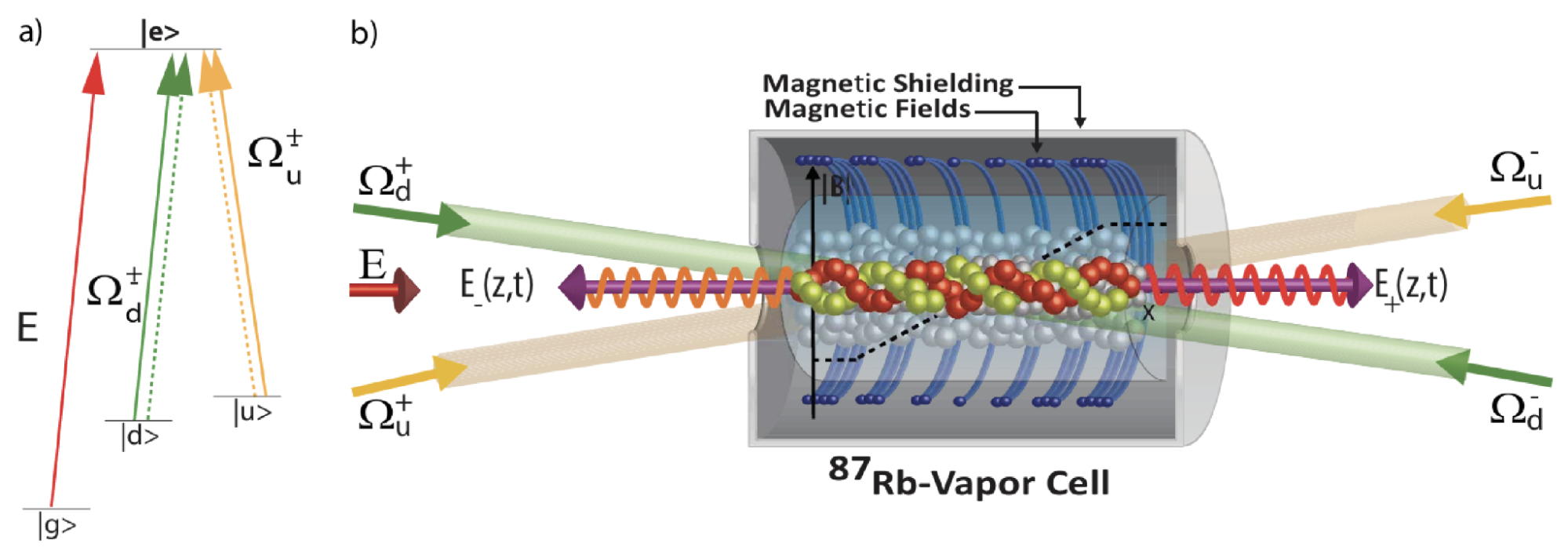Physics Frontiers Enabled by QIST
Quantum-simulation and quantum-information techniques could deepen our understanding of the dynamics of strongly-interacting matter in nature. Quantum simulators may not be yet as large and as reliable to suit QCD problems at a large scale, but they have proven powerful enough to cross the boundaries of what is possible, classically, in many problems. This poses an important question: what are the suitable models that can take us one step closer to at least a qualitative understanding of non-equilibrium phenomena in QCD, and what are the suitable analog simulators or to explore these models in the near term?. We are exploring a few areas which can drive us toward a new area in QCD phenomenology based on QIST technology and techniques.
QCD predicts the existence of transitions between the different topological sectors of the QCD vacuum. When coupled to the chiral fermions (quarks) by the chiral anomaly, these transitions induce an imbalance between the densities of left- and right-handed quarks that can be quantified by the chiral chemical potential. While the chirality of quarks cannot be directly detected experimentally, the chiral anomaly of QCD coupled to the chiral anomaly of QED opens the possibility of converting the chiral imbalance into an observable electric current in the background of an external magnetic field, the “Chiral Magnetic Effect”. Additionally, the behavior of relativistic interacting Dirac fermions in 1+1 dimension can be described by the Massive Thirring model. It is known that the Thirring model can be simulated quantum mechanically using photons in an atomic gas with appropriate energy states and transitions, which offers an intriguing opportunity to bring together these two fields to perform studies of effects native to quark-gluon plasma in a table-top experiment.

Experimental setup for the creation of polariton relativistic dynamics at room temperature. The scheme used for creating an EIT tripod system (solid lines) and a dual tripod configuration (solid and dashed lines).
An example of this analog quantum simulator is our current experiment in which photons trapped in atomic vapor, through the phenomenon of electromagnetically induced transparency, can simulate the quantum behavior of relativistic Dirac spinors. These quantum simulators could simulate the Chiral Magnetic Effect via simulating the electric current carried by charged fermions in QCD. The approach is to build an analog quantum simulator where quantized fields and atomic interactions are tailored to model fermion dynamics. The simulation is performed by allowing such an analog quantum computer to modify a photonic input wave function to follow the dynamics of the constructed Hamiltonian. This Hamiltonian is prepared by addressing specific atomic transitions with laser light and adding further photon fields with specific characteristics to emulate the interaction of quantized fields. The solutions are read by measuring the output photon wave-function for different input parameters, performed by recording the time evolution of the wave-function. We aim to create a prototype of a quantum simulator targeting the class of Hamiltonians accessible through the engineered interaction of photons and atomic ensembles. This novel configuration will allow one to create a testbed for quantum simulation of Thirring models, starting with simulations of the Chiral Magnetic Effect.
